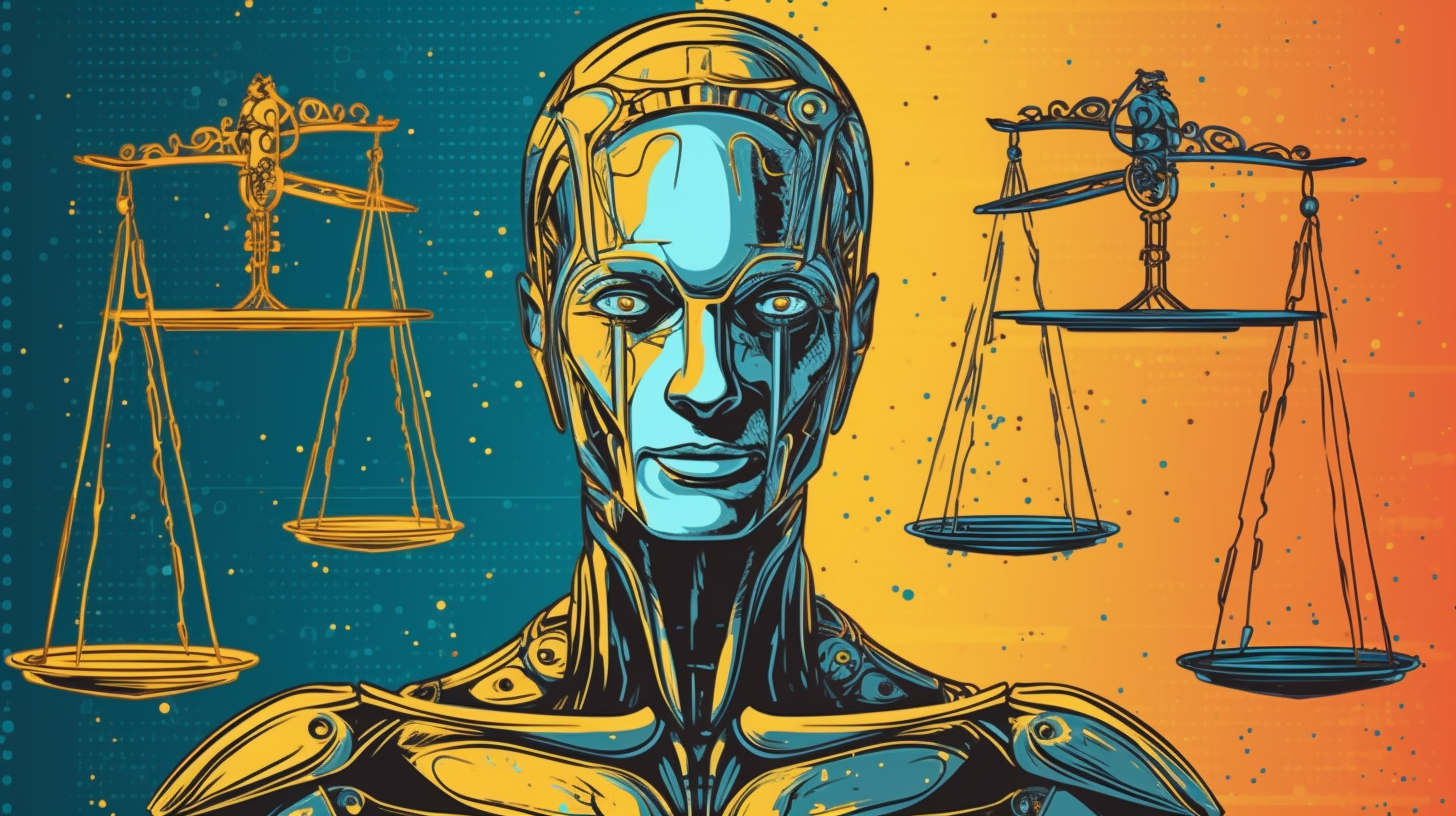As we witness the rapid evolution of artificial intelligence (AI), the question of AI alignment with human values has never been more pressing. Given that AI systems are now capable of performing tasks at or beyond human level, it becomes crucial that these systems adhere to principles that we as humans find agreeable and beneficial. Considering this, Anthropic’s groundbreaking method, Constitutional AI (CAI), offers a more effective answer to the current model of reinforcement learning from human feedback (RLHF) for developing secure and practical AI.
The RLHF approach is the current industry standard for aligning AI systems with human preferences. However, while it has its merits, it has its challenges. The primary issue lies in the inherent trade-off between helpfulness and harmlessness. RLHF, reliant on human crowdworkers, often results in models that are more harmless than helpful, posing a real dilemma. An excessively harmless AI model, like an assistant responding “I can’t answer that” to every question, is ultimately of little use.
Anthropic’s Constitutional AI, on the other hand, offers a promising alternative. The concept of Constitutional AI revolves around a set of principles or a ‘constitution’ which guides AI systems. It enables AI to generate useful responses while minimizing harm, essentially reducing the tension between helpfulness and harmlessness. This is not just a theoretical assumption but rather is supported by empirical evidence. As per the research published on arxiv.org, models trained under the Constitutional RL framework were found to be both more helpful and less harmful than standard RLHF models.
Moreover, CAI enhances model transparency by encoding goals and objectives in natural language, which allows us a peek into the AI’s decision-making process. This increased transparency is critical for fostering trust and confidence in AI systems, and facilitates regulatory oversight.
Scalability is another significant advantage of CAI. Unlike RLHF which demands extensive human input, CAI is less resource-intensive, providing a more efficient way of aligning AI systems. This approach protects human evaluators from exposure to potentially offensive model outputs while ensuring the AI system remains harmless and useful.
Critics may argue that the flexibility and adaptability of RLHF are its strengths, but the scalability, transparency, and the ability of CAI to balance helpfulness and harmlessness outweigh these advantages. Furthermore, the constitution of CAI can be modified over time, ensuring its continued relevance and adaptability.
However, while advocating for CAI, I recognize that it has challenges. For instance, drafting a constitution for AI systems requires a democratic process with input from diverse stakeholders, which can be a complex and time-consuming endeavor.
In conclusion, Anthropic’s Constitutional AI presents a compelling and forward-thinking approach to the ethical alignment of AI systems. As we navigate the complex landscape of AI ethics, it is crucial that we continue to explore and refine such innovative methodologies. The potential benefits of a more balanced, transparent, and scalable AI system far outweigh the challenges involved in its implementation.

Leave a Reply